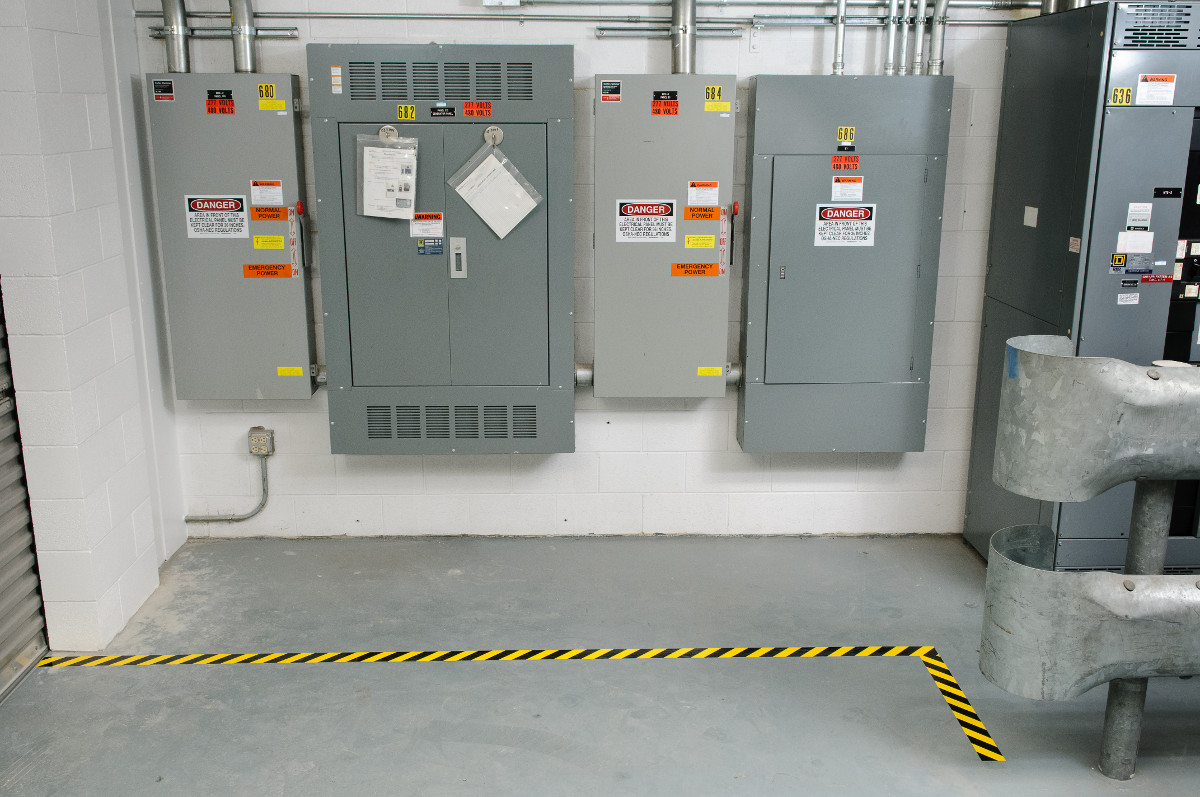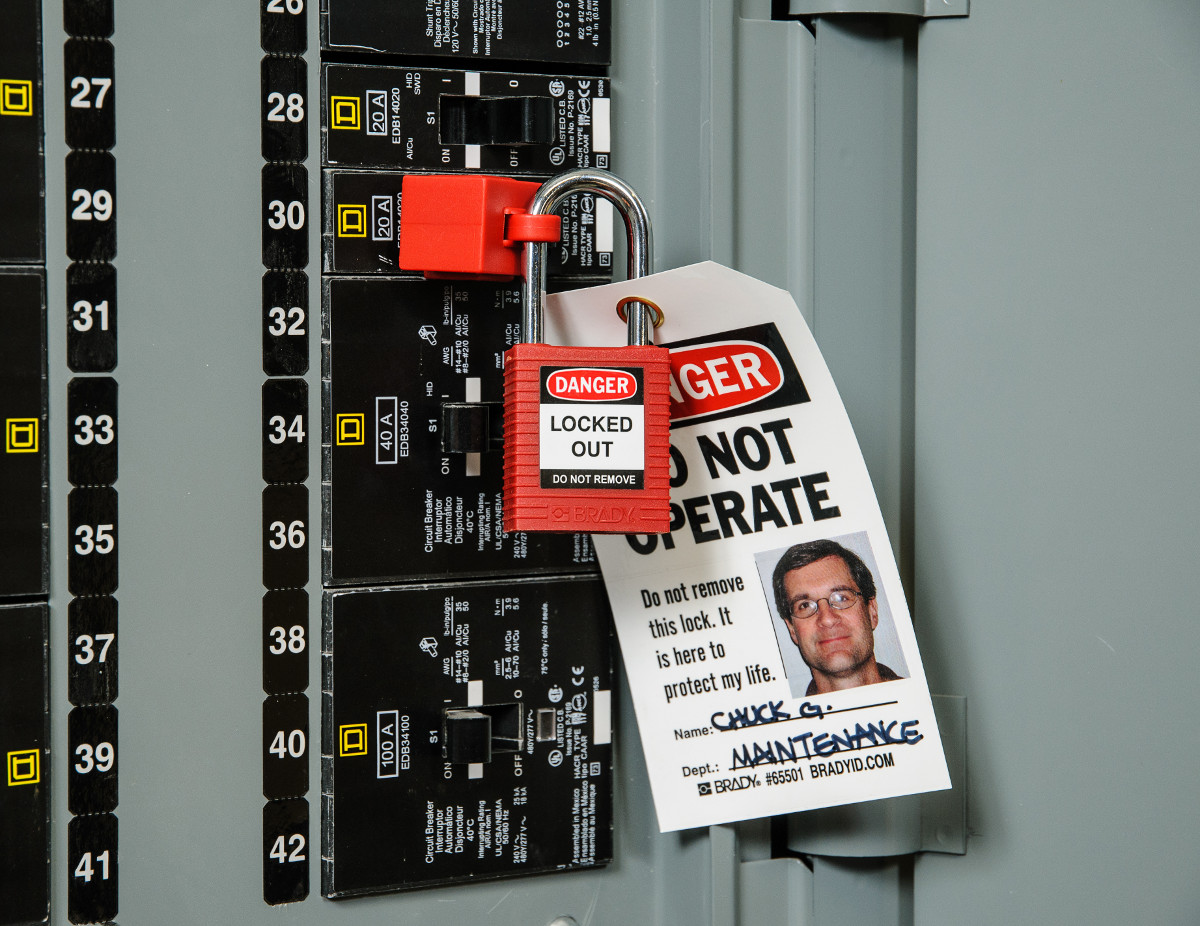Electrical injuries are common and deadly
According to the U.S. Bureau of Labor Statistics, 44% of electrical fatalities occur due to contact with wiring, transformer, electrical components and machines. 366 workers suffered from fatal electrical injury from installation, maintenance and repairs, while over 30,000 workers were injured in workplace electrical accidents.
These staggering figures show the real and present hazard of working with electricity. To protect workers, strict regulations and codes have been enforced with regards to electrical safety. As a responsible business operator, you should be familiar with the Occupational Safety and Health Administration (OSHA) standards 1910.47, National Electrical Code (NEC), NFPA 70E (Standard for Electrical Safety in the Workplace) and Institute of Electrical and Electronics Engineers (IEEE) standard 1584. Singapore businesses should also refer to the Workplace Safety and Health Council (WSHC) 2018 or the SS571 standards from Spring Singapore for local regulations.
Impact on operations
Lapses in workplace safety can have very serious consequences that take their toll on your company in many ways. In addition to the personal trauma suffered by injured workers and the loss of employee morale, there are also issues like machine repairs and downtime, healthcare and litigation costs, as well as facing possible regulatory action from the authorities.
Fortunately, most electrical hazards and mistakes can be managed and circumvented with just a little more effort and attention by the management and operators, thereby avoiding costly fines and devastating injuries in the workplace. So here are the seven most common electrical mistakes and how you can avoid them:
Mistake 1: Making connections outside electrical boxes
Making any connections outside an electrical box creates a potential fire hazard situation, as any sparks or heat will not be contained by the box. Disconnect the fixture immediately, and install an electrical box before reconnecting the fixture.
Mistake 2: Unprotected plastic-sheathed cable
Plastic-sheathed cables can be easily damaged and should be protected in vulnerable areas such as over or under wall or ceiling framing. Also ensure that the cable is sheathed to the correct code. You can prevent unauthorized removal of protection by labeling the cables prior to installation.
Mistake 3: Working on equipment before they are properly de-energized
Electrical accidents happen when work is done on systems or equipment which are still energized. Ensure that the circuits are turned off at the switch box before starting work. You should also implement a set of processes to protect the people from accidental release of electrical energy. Lock out hazardous electrical control points with a padlock, and place danger signs and information on control points of electrical energy.
Mistake 4: Trusting verbal assurance of colleagues
While we trust our colleagues, miscommunication might occur, or someone else might have tampered with the system. Besides having verbal assurances, a proper system of lockout and tagout provides double security in ensuring that the machinery is absolutely safe and free from electrical energy before work commences. Institute a proper process with lockout devices and tags/stickers, and educate every worker on the premise to prevent any accidents due to miscommunication or assumptions.
Mistake 5: Not wearing the right Personal Protective Equipment (PPE)
Never approach an electrical hazard without the right Personal Protective Equipment, which includes rubber gloves, insulating shoes or boots, face shields, safety glasses, and hard hats. NFPA70E requires personnel to don ANSI approved footwear (marked ‘EH’), hard hats (marked ‘Class E’) and safety glasses (stamped ‘Z87’). Install safety posters and stickers around hazardous areas to remind all workers to comply with the PPE rules.
Mistake 6: Overfilling electrical boxes
Dangerous overheating, short-circuiting and fires can occur when too many wires are stuffed into an electrical box. If unsure, check the National Electrical Code for the minimum box size to accommodate your wire number, and replace the box with a larger one if required. Label the electrical boxes with the NEC warnings or lockout the box so that others will not be tempted to add more wires to an existing box that is already at full capacity.
Mistake 7: Shock approach boundaries
Electricity kills or injure in three ways: electrocution, electric arc flash, and electric arc blast. Even when not in danger of electrocution, electric arc flashes and arc blasts can cause extensive or fatal injuries. The NFPA 70E regulations are designed to reduce the risk of such injuries by developing three types of electrical shock hazard boundaries, namely: Limited, Restrictive, and Prohibitive Approach Boundary.
The NFPA 70E calculates electrical shock hazard boundaries depending upon the voltage to determine the distance for the various approaches. During regular maintenance walkabouts and check, ensure that there are labels of the table of the approach boundaries affixed at a visible location beyond the furthest boundaries of the machinery for a qualified person to access the situation, or you can also install durable floor stickers to indicate the boundaries for quick identification in emergency situations.
Start implementing workplace electrical safety today
Start implementing a safer work environment with detailed control procedures for machineries where workers may be exposed to electrical energy, specifically informing workers not only what to lock out but also how to lock it out safely. Photos and pictograms also help workers understand the nature and location of specific electrical points that must be locked out on a machine. Labeling or tagging the actual electrical controls, such as circuit breakers and disconnect switches, helps decrease the chances of a lockout mistake.

Authorized employees who perform maintenance and service work must recognize electrical sources, understand the types and magnitudes of electricity, know the methods for isolating and controlling electricity, and know the methods for the safe application, use and removal of lockout devices. They should also undergo a review each year to make sure they understand their responsibilities under the lockout program. As safety is a company-wide effort, other employees who do not need to be trained on specific procedures should be able to recognize when lockout is in progress, and understand the importance of not tampering with the lockout/tagout devices.
An effective electrical safety lockout and tagout program can reduce accidents by 30-50%, and some insurance companies even offer lower premiums to companies that can demonstrate implementation of effective lockout programs. Safety for the workers also translates to lower overheads for your business.

Go Back

